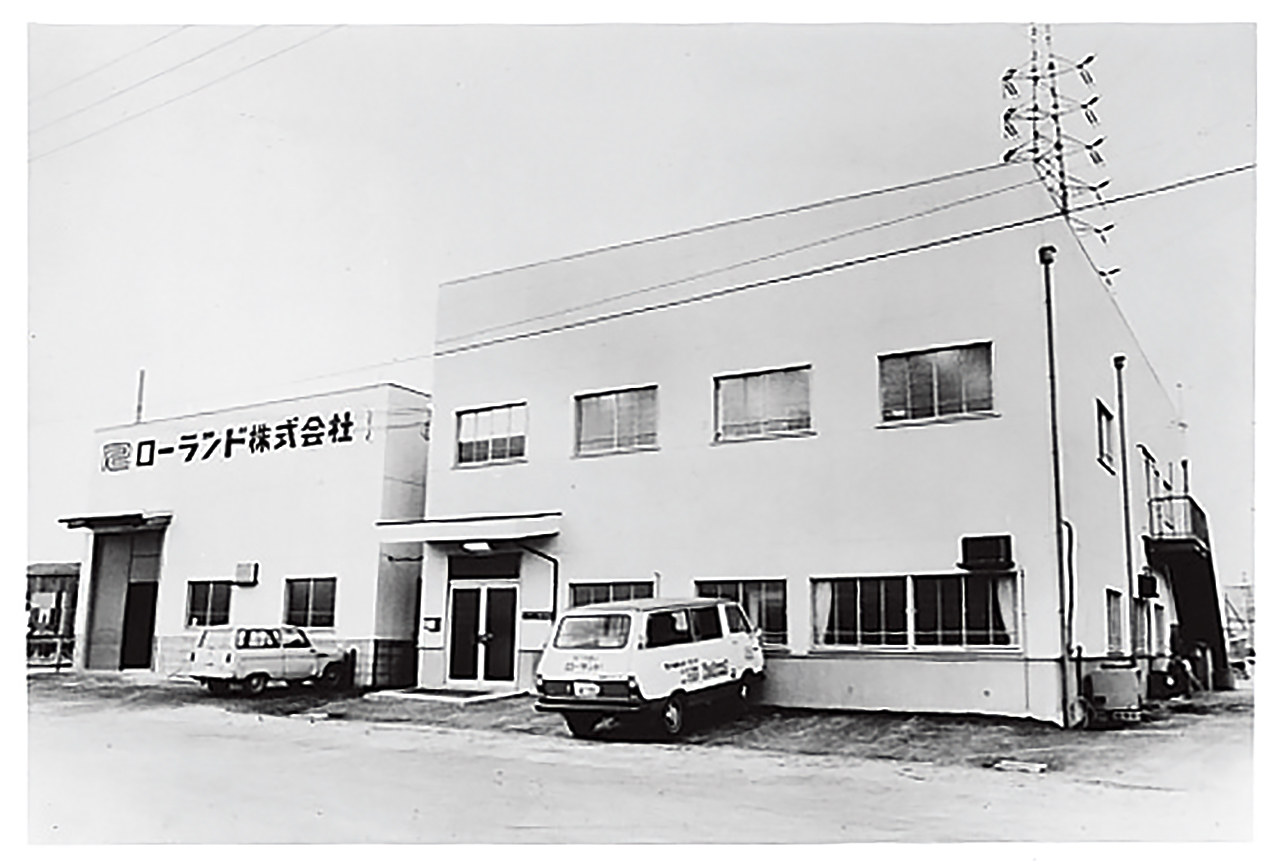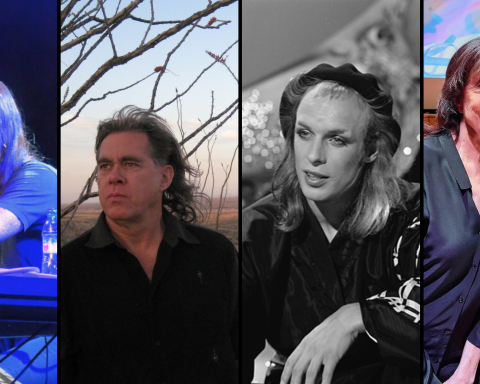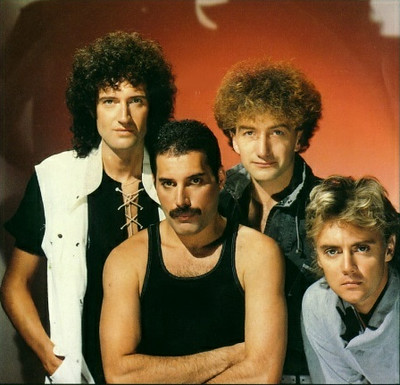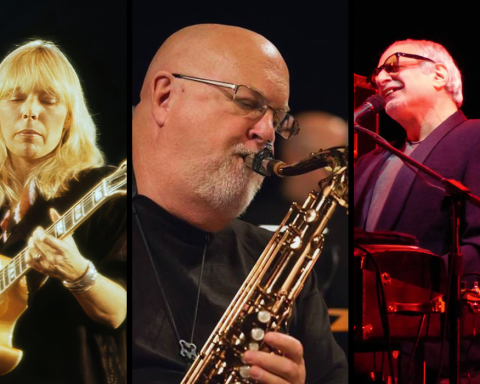Located about halfway between Tokyo and Osaka on the Tokaido Shinkansen bullet train line in Shizuoka Prefecture lies Hamamatsu, Japan. Shizuoka is famous for many things, including hot springs, tea leaf cultivation, and Mt. Fuji, which it shares with neighboring Yamanashi Prefecture. And, thanks to Hamamatsu, it’s also known for music. In fact, Hamamatsu is also called the City of Music. It also happens to be the seat of Roland’s global headquarters. Hamamatsu is more than the city where Roland operates, however. It has a deep connection to music, one tracing back over a hundred years. Its local culture and atmosphere help inform Roland as well. Take a trip to Hamamatsu and see how Roland fits into the cultural—and physical—landscape.
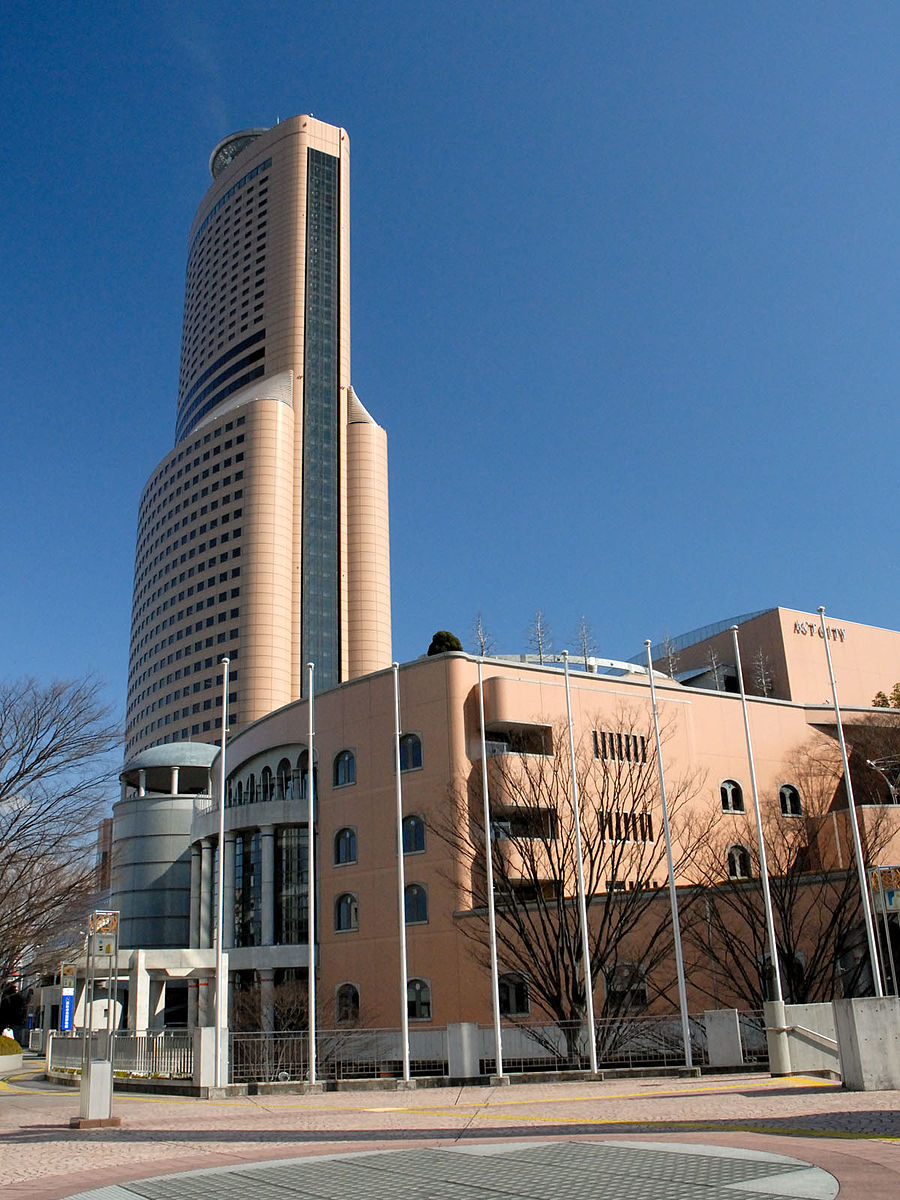
Welcome To Hamamatsu
Hamamatsu is the largest city in Shizuoka Prefecture. Although it has a population of almost 800,000 people, it doesn’t feel like a big city. Step out of Hamamatsu Station, which dominates downtown, and you’ll realize you’re no longer in Tokyo or Osaka. The pace is slower, the people more relaxed, the blood pressure of the population a bit lower than the country’s famous metropolises. With its proximity to the Pacific Ocean, one could even call Hamamatsu sleepy. Yet that would belie the strides happening in the town’s industry. But we’re getting ahead of ourselves.
A Local Culture
The city is in geographic isolation between Japan’s three great metropolitan areas—Tokyo/Yokohama, Osaka/Kyoto, and Nagoya. As a result, Hamamatsu has a distinct culture. Of course, thanks to the bullet train, both Tokyo and Osaka are a mere few hours away. But for day-to-day goings-on, Hamamatsu can feel like a separate world. This has encouraged the local culture to grow unimpeded by the country’s major population centers.
"Thanks to the bullet train, both Tokyo and Osaka are a mere few hours away. But for day-to-day goings-on, Hamamatsu can feel like a separate world."
Cuisine
As with most cities in Japan, Hamamatsu has its own meibutsu, or local specialty food. Thanks to nearby Lake Hamana, Japan’s 10th largest lake, the city is famous for unagi, or fresh-water eel. Many people outside Japan know unagi as a sushi topping. However, it’s more commonly served here as a dish unto itself, presented on a bed of rice in a special lacquered box.
Hamamatsu unagi is charcoal grilled, which makes it especially flavorful. Some serve the dish in a style known as hitsumabushi, with hot green tea poured over it. Another local delicacy is Hamamatsu gyoza, or potstickers. Unlike the traditional Chinese style, Hamamatsu gyoza is pan-fried and served with a helping of bean sprouts on top.
Finally, any visit to Hamamatsu is incomplete without a visit to Sawayaka, a hamburg steak chain that’s limited to Shizuoka Prefecture. People come from all over the country to eat there.

"The striking black and white historical recreation of Hamamatsu Castle is a chance to experience life during Japan’s
samurai period."


Nature and Sightseeing
With city boundaries that stretch from the mountains in the north to the Pacific Ocean in the south, Hamamatsu offers ample sightseeing. Fans of nature will want to visit Lake Hamana. Go boating, fishing, or enjoy the gorgeous scenery. Woodblock print master Hiroshige loved it so much he included it in his Fifty-Three Stations of the Tokaido series.
For history fans, a visit to Hamamatsu Castle should be at the top of a to-do list. Tokugawa Ieyasu, the shogun who united all of feudal Japan, lived here for 17 years. Located downtown, the castle is within walking distance of Hamamatsu Station. The striking black and white historical recreation offers a chance to experience life during Japan’s samurai period.
Festivals of Hamamatsu
Japan has a slightly buttoned-down reputation. While the country does have its conservative side, it also very much loves to have fun. Festivals play a major part, and Hamamatsu is no exception. The city’s largest and most popular event is Hamamatsu Festival. Many Japanese festivals have ties to Buddhism or Shinto. By contrast, Hamamatsu Festival celebrates childbirth. During the day, locals fly special kites to ensure the healthy growth of newborn babies. At night, the downtown area is taken over by massive, traditional hand-carried festival floats. Another notable Hamamatsu festival is the International Piano Competition. Held every three years, the classical music event welcomes entrants from all over the world. Roland is one of the competition sponsors.
Yaramaika: Just Try It!
There’s a phrase in the local Hamamatsu dialect, “Yaramaika!” It translates roughly as, “Just try it!” Or, as Nike might say, “Just do it.” This attitude of “jump first, look later” contributes to the entrepreneurial spirit of Hamamatsu. Despite its relative isolation, Hamamatsu is home to several major Japanese corporations. Ultimately, the city became a manufacturing center as a result. Honda Motor Company became established in Hamamatsu in 1948. It continues to manufacture automobile transmissions here. Suzuki was founded in Hamamatsu in 1909 and maintains its headquarters and manufacturing in the city.
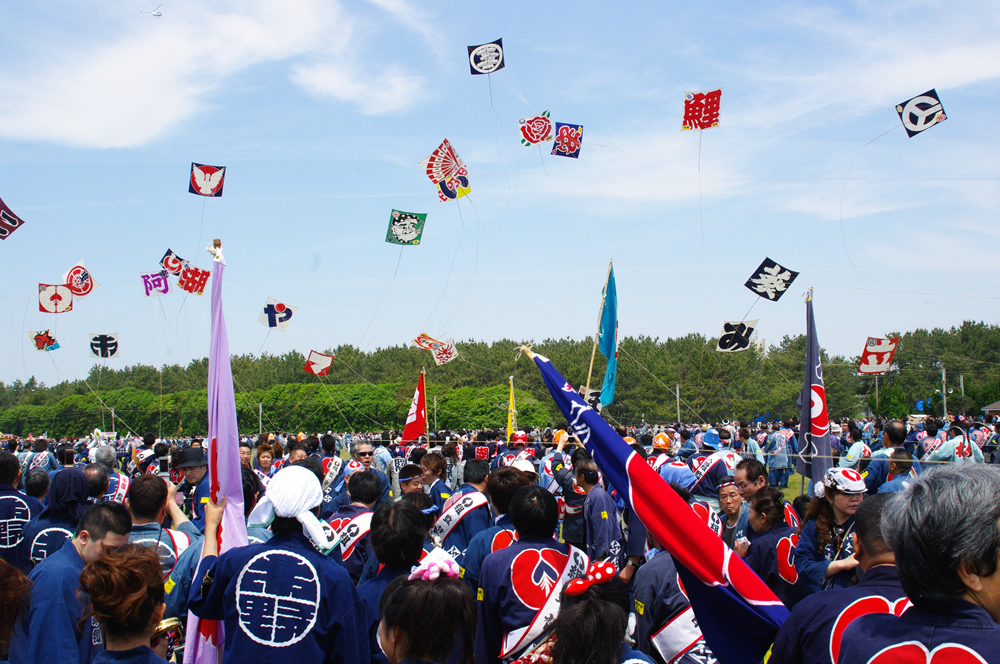
"'Yaramaika!' translates roughly as, 'Just try it!' This attitude contributes to the entrepreneurial spirit of Hamamatsu."
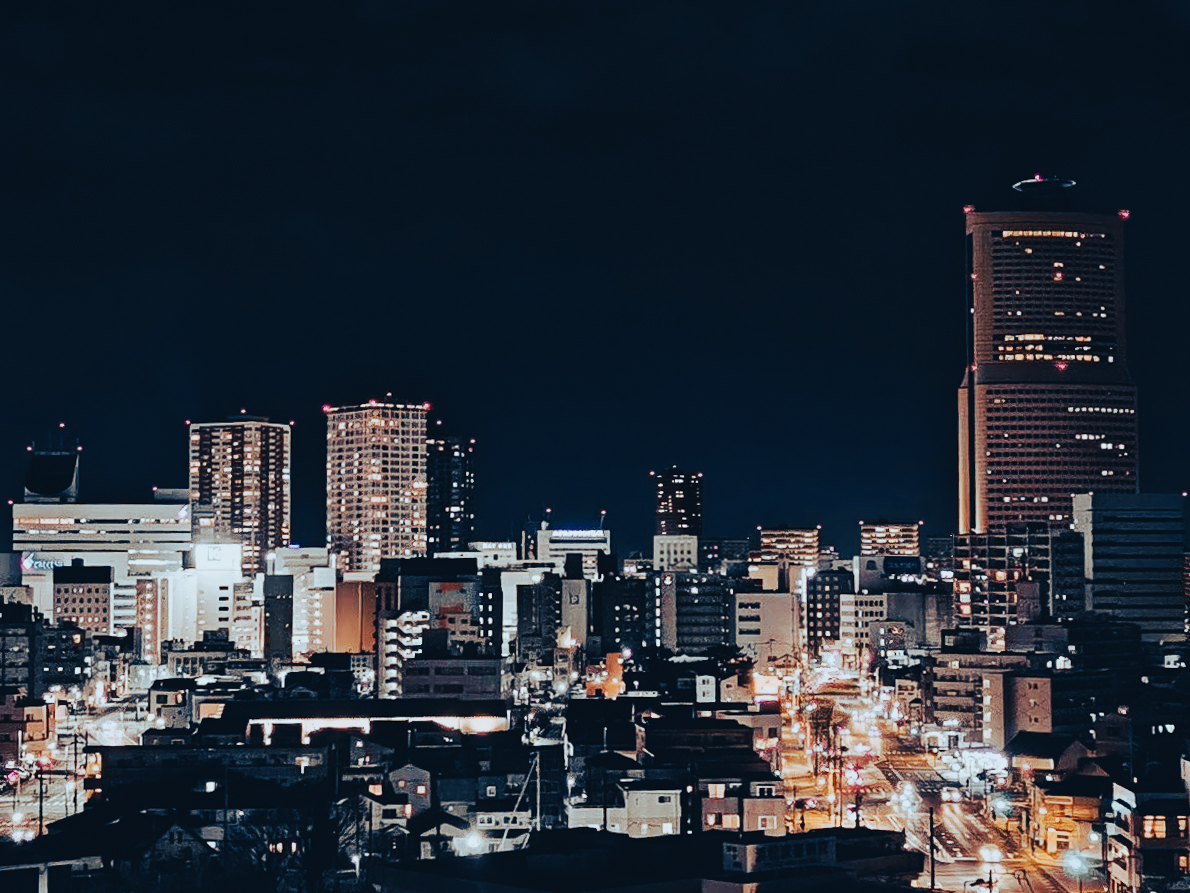

Still, the yaramaika spirit isn’t restricted to vehicles. Hamamatsu is also home to many musical instrument companies, including Yamaha, Kawai, and of course, Roland. Indeed, it’s these companies (along with smaller instrument manufacturers) that earned Hamamatsu its nickname: the City of Music.
The City of Music
Motorists who stop at the Hamamatsu Service Area rest stop are often surprised to find it’s painted to look like a piano. Inside, there are the usual convenience store and food court. In addition, tired travelers can relax by trying out some of Roland’s latest instruments in a mini-showroom. This is a small taste of why Hamamatsu is the City of Music.
The city as a center of industry began in 1887 with the establishment of the reed organ company, Nippon Gakki, now known as Yamaha. Kawai followed in 1927 and Roland in 2005. Other industries established themselves in like manner. These included motorcycle and automobile manufacturing. Yet Hamamatsu’s identity remained fixed in musical instruments.
Hamamatsu officially identifies itself with music. In 1981, the city opened the Hamamatsu Museum of Musical Instruments. It has a massive collection of instruments from around the world. These include an assortment of gamelan from Indonesia and an impressive selection of antique European pianos. Roland appears alongside other Japanese musical instrument giants with rare synthesizers, drum machines, and other pieces. A visit to the museum is a must for music fans.
"The skirt section of mascot Ieyasu-kun’s hakama is clearly a piano keyboard, which reflects the city’s identity."
Meet Ieyasu-kun
Japan is the land of mascots. No city or business is complete without a cute character to represent its products and culture. Hamamatsu is no exception. Meet Ieyasu-kun. Ieyasu is, of course, Tokugawa Ieyasu, the warlord who became shogun and who lived in Hamamatsu. The suffix kun is a diminutive in Japanese. It’s often used with the names of boys and male mascots.
As with other mascots, his appearance may seem complicated at first glance. Yet each element has meaning. The top of his hakama, a traditional piece of clothing, is green and blue. The green is for the rich nature and agriculture of Hamamatsu, and blue for Lake Hamana and the local coastal area. The orange slice on his shirt is a mikan, or Japanese mandarin orange, a local specialty. His topknot is an unagi eel. Lastly, the skirt section of Ieyasu-kun’s hakama is clearly a piano keyboard, which reflects the city’s identity.
Take a stroll through the city, and you’re sure to see images of Ieyasu-kun in all kinds of environments. The playful fellow even earned the top spot at the 2015 Yuru-Chara Grand Prix, an event during which voters choose the #1 Japanese mascot character of the year.

"Many employees and engineers at Roland in the early days were from Osaka. Still, the company established a presence in Hamamatsu almost immediately."
From Osaka To Hamamatsu
Roland was founded in Osaka in 1972. Many Roland employees and engineers in the early days were also from the Osaka area. Still, the company established a presence in Hamamatsu almost immediately. Osaka is a big city. It’s ideal for business but not necessarily manufacturing. With that in mind, Roland established its first factory in Hamamatsu in October of 1973.
For the next 30 years, Roland continued to expand its operations in Hamamatsu. Thanks to its expanding global presence and catalog, in April 1977, Roland opened another Hamamatsu-based factory concentrating on synthesizers. This was the era of the System 700, System 100, and SH-5—an exciting time for Roland, to be sure. The next factory to open was in March 1986. The distribution center, which handles shipping and logistics, came online in April 1990. In July 1997, the Miyakoda factory, which focuses on digital pianos, began running.
Hosoe Headquarters
Corporate offices were still in Osaka, with manufacturing based in Hamamatsu. Although still in the same country, the physical distance between Osaka and Hamamatsu made it difficult. Therefore, it seemed natural that Roland should move its headquarters to Hamamatsu as well. There was a precedent, as BOSS set up shop in Shizuoka in March of 1993. A company as large and multifaceted as Roland doesn’t make changes overnight. Eventually, in July 2005, Roland registered its new corporate headquarters in the Hosoe district of Hamamatsu.
"A purpose-built anechoic chamber is a space completely devoid of reflections. This allows Roland to record and sample pristine audio for use in its instruments."
Research and Development
There’s another piece to the Roland puzzle. Administration, finance, and other corporate activities center at Hosoe. However, the instruments and products engineering—the research and development—takes place at the R&D Center. The R&D Center opened in September 1990. It was eventually expanded in June 2000 to reflect its growing position as a center for new ideas.
Overlooking Lake Hamana, the symbol of Hamamatsu, the R&D Center is where Roland conceives, tests, and perfects new products. It’s more than a laboratory, however. The R&D Center is also home to Roland’s recording studio, which began operation in May 1991. Along with racks of Roland recording equipment, it contains a purpose-built anechoic chamber. The room is a remarkable space completely devoid of reflections. This allows Roland to record and sample pristine audio for use in its instruments. There’s also a theater, organ showroom, and private museum.


"The Roland Museum houses a selection of instruments and effect units from the company's 50 years of history."
Roland Museum
No visit to the R&D Center is complete without a visit to the Roland Museum. The museum houses a large selection of instruments and effect units from Roland’s 50 years of history. It covers synthesizers, electric pianos, drum machines, sequencers, drums, and effects—many by subsidiary BOSS.
It’s overwhelming to see so many famous and important Roland instruments collected into one place, from the JUPITER-8 to the TR-808. Furthermore, the pieces represent only a small percentage of the products Roland released over the last 50 years. It’s hard not to become moved by the sheer presence of the instruments exhibited. Although the museum is not open to the public, fans can take a virtual tour with a 360-degree VR video on YouTube and via Google Street View on Google Maps.
The Hamamatsu Feeling
Roland began as an Osaka company. However, it has since become part of the culture and heritage of Hamamatsu. Despite not being originally from Hamamatsu, the company has always embodied the spirit of yaramaika, the drive to always try new things and push the envelope. In essence, that spirit continues to inform the direction of Roland to the present day.
"Roland has become part of the culture and heritage of Hamamatsu."


